Blog
Learn from our local travel experts and guides
GoWithGuide Posts
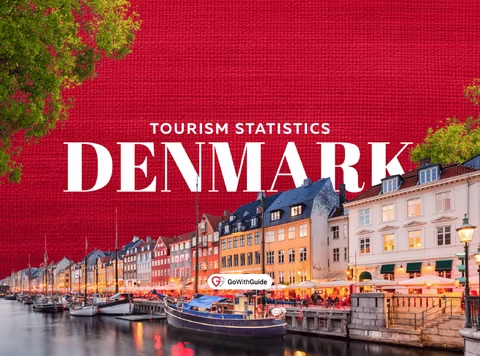
General
Denmark Travel Overview 2025: Attractions, Destinations, and Tourism Statistics
Denmark
Denmark is a country that has perfected the art of coziness, embodied in the uniquely Danish concept of hygge. More than just a word, hygge captures the essence of Danish culture — a warm, inviting feeling that wraps you up like a soft blanket on a cold d...

Courtney Cunningham
Feb 07, 2025

General
Tourism in Finland 2025: Top Destinations, Food, and Travel Tips
Finland
Ho Ho Ho! Welcome to Santa’s homeland!Yes, you heard that right; the city of Rovaniemi in the is considered the home of Santa Claus and there’s even a theme park here to capture your imagination with Santa’s post office and the chance to see Santa himself...

Courtney Cunningham
Feb 07, 2025

General
Exploring China's Tourism Landscape: 2025 Outlook and Insights
China
Time to travel to China, the land of winding walls, ancient arts, sweeping skylines and good fortune! By the way, did you know that fortune cookies didn’t originate in China? They were actually invented in San Francisco, United States!Despite this, you’re...

Courtney Cunningham
Feb 05, 2025

General
Brazil Tourism Statistics 2025: Visitor Numbers & Insights
Brazil
“This is Brazil!” (As Dom said in Fast Five)And what a brilliant country it is, which you’re about to learn all about! From how to navigate this magnificent country, to when you should partner up with a Brazil tour guide, it’s all here.Let’s start with so...

Courtney Cunningham
Feb 04, 2025
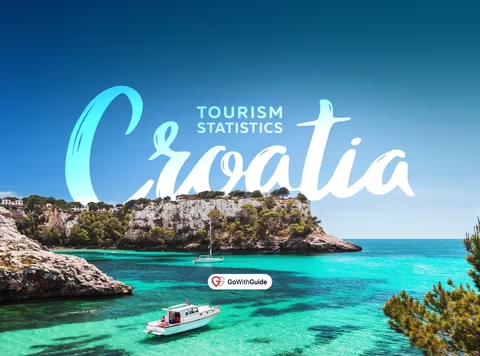
General
Tourism in Croatia 2025: Top Attractions and Must-Visit Destinations
Croatia
Have you ever wondered, ‘When did Croatia become a tourist destination?’ Did you know, the first hotel was opened in 1844 in Opatija, with the first tourist guides written in 1845? The period between the two World Wars saw Croatia receive a tourism boost,...

Courtney Cunningham
Feb 04, 2025
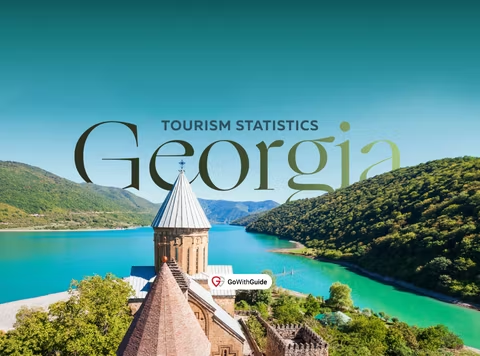
General
Georgia Tourism in 2025: A Traveler’s Data-Driven Guide
Georgia
Do you love wine? Well, you can thank Georgia for that! This country is said to be the birthplace of wine, with Georgians making the drink for over 8,000 years! Their technique is also listed on the UNESCO Intangible Cultural Heritage of Humanity list!If ...

Courtney Cunningham
Jan 27, 2025
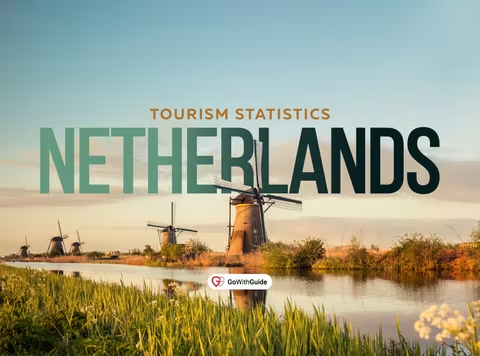
General
Tourism in the Netherlands 2025: Statistics, Festivals, and Must-See Attractions
Netherlands
Let’s set the record straight, shall we? Many people mix up ‘The Netherlands’ and ‘Holland.’ Basically, the Netherlands has 12 provinces and Holland refers only to two of these — North and South Holland. Historically, Holland was the economic powerhouse, ...

Courtney Cunningham
Jan 28, 2025

General
Tourism In Istanbul Statistics, 2025: Your Quick Travel Guide
Istanbul, Turkey
Istanbul, the city that bridges continents and eras, has been the heart of three major empires: the Eastern Roman, Byzantine and Ottoman. This metropolis, once known as Byzantium and later Constantinople, officially became Istanbul in 1930. Despite its ri...

Courtney Cunningham
Jan 17, 2025
Guide's Posts
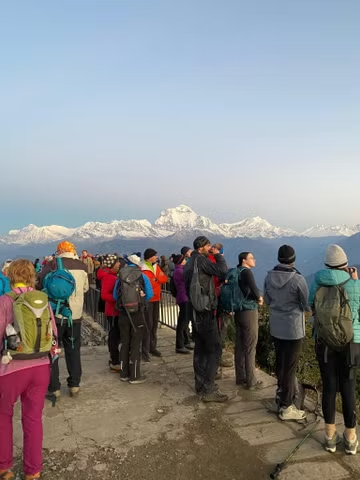
Travel Tips
Why Nepal Is The Best Country For A Vacation
Kathmandu, Nepal
Nepal is often considered an excellent destination for vacation due to its unique combination of stunning landscapes, rich cultural heritage, and diverse activities for travelers. Here are several reasons why Nepal is often regarded as an appealing vacati...

Gautam D.
Dec 28, 2023
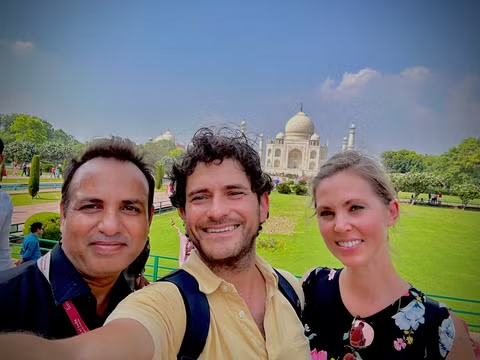
Travel Tips
"Unlocking India's Hidden Treasures: Your Ultimate Guide to Booking Certified Tour Guides"
Delhi, India
India, with its rich history, diverse culture, and stunning landscapes, is a treasure trove waiting to be explored. From the bustling streets of Delhi to the serene backwaters of Kerala, this country offers a kaleidoscope of experiences. However, navigati...
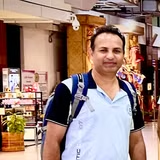
Asif K.
May 13, 2024

Food & Drink
Culinary Journeys: A Taste of Nepal's Gastronomy
Nepal
In the heart of the Himalayas, Nepal offers more than just panoramic views and trekking adventures; it presents a culinary odyssey that is as diverse and rich as its landscapes. Nepalese cuisine, shaped by its multicultural heritage and geographical varia...
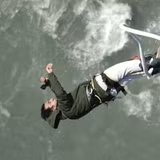
Prem L.
May 17, 2024
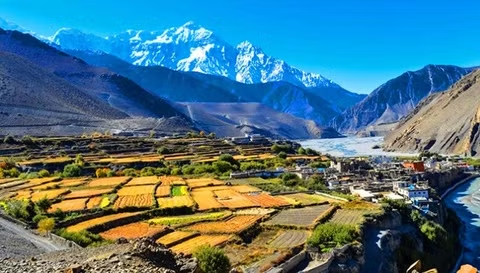
Nature
Eco-Tourism Adventures: Preserving Nepal's Natural Beauty
Pokhara, Nepal
Nepal, a land of breathtaking landscapes and diverse wildlife, has long been a magnet for adventurers and nature enthusiasts. However, with the influx of tourists, the delicate balance of its ecosystems is under threat. In response to this challenge, a ne...

Prem L.
May 17, 2024
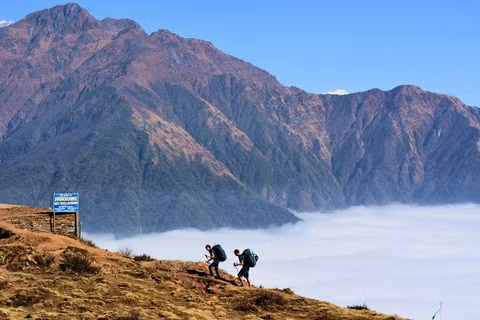
Travel Tips
Hidden Gems of Nepal: Beyond the Tourist Trail
Kathmandu, Nepal
Nepal, a country renowned for its majestic mountains and vibrant culture, offers travelers much more than the well-trodden paths of Everest and Annapurna. Beyond the popular tourist destinations lies a tapestry of hidden gems waiting to be discovered. The...

Prem L.
May 17, 2024
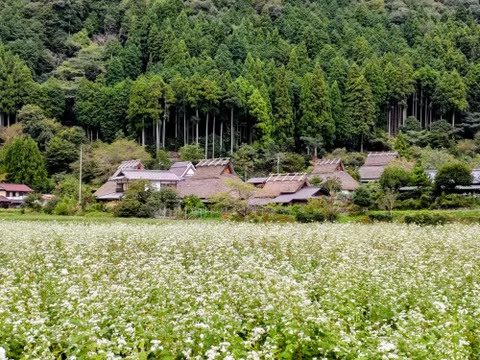
Itinerary Ideas
Miyama Kayabukino sato-Miyama Thatched Village
Japan
Miyama is the hidden quaint village in the north of Kyoto city (center of Kyoto Prefecture).Here, 38 of 50 houses are thatched houses which are mostly 150~200 years old. Most of them are still used for their houses to live in by the descendants of people ...
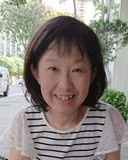
Tomoe S.
Oct 03, 2023

Things To Do
Summer Tea Ceremony (August 11, 2023)
Tokyo, Japan
I visited the Antique Shop which carries out Tea Ceremony with the antique bowls you choose with a lovely couple from California. The bowls will change monthly, and some are hundreds of years old.I chose a bowl produced in Kyoto in 1955. I liked the Morn...

Yoko T.
Jan 24, 2024
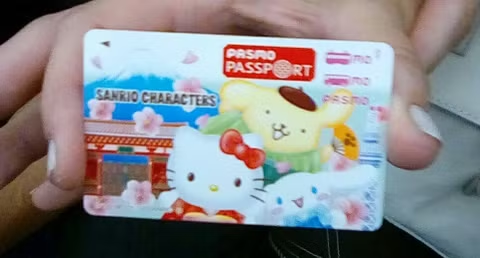
Transportation
Transport In Tokyo: Getting A Welcome SUICA or Pasmo Passport Is Recommended
Tokyo, Japan
It is very convenient to have an IC card to get around the Tokyo Metropolitan area. Because of the lack of IC chips, you can only get Welcome Suica-s at the airports now.Welcome Suica | JR-EAST (jreast.co.jp)Unless you're a person who can get used to usi...

Yoko T.
Mar 21, 2024